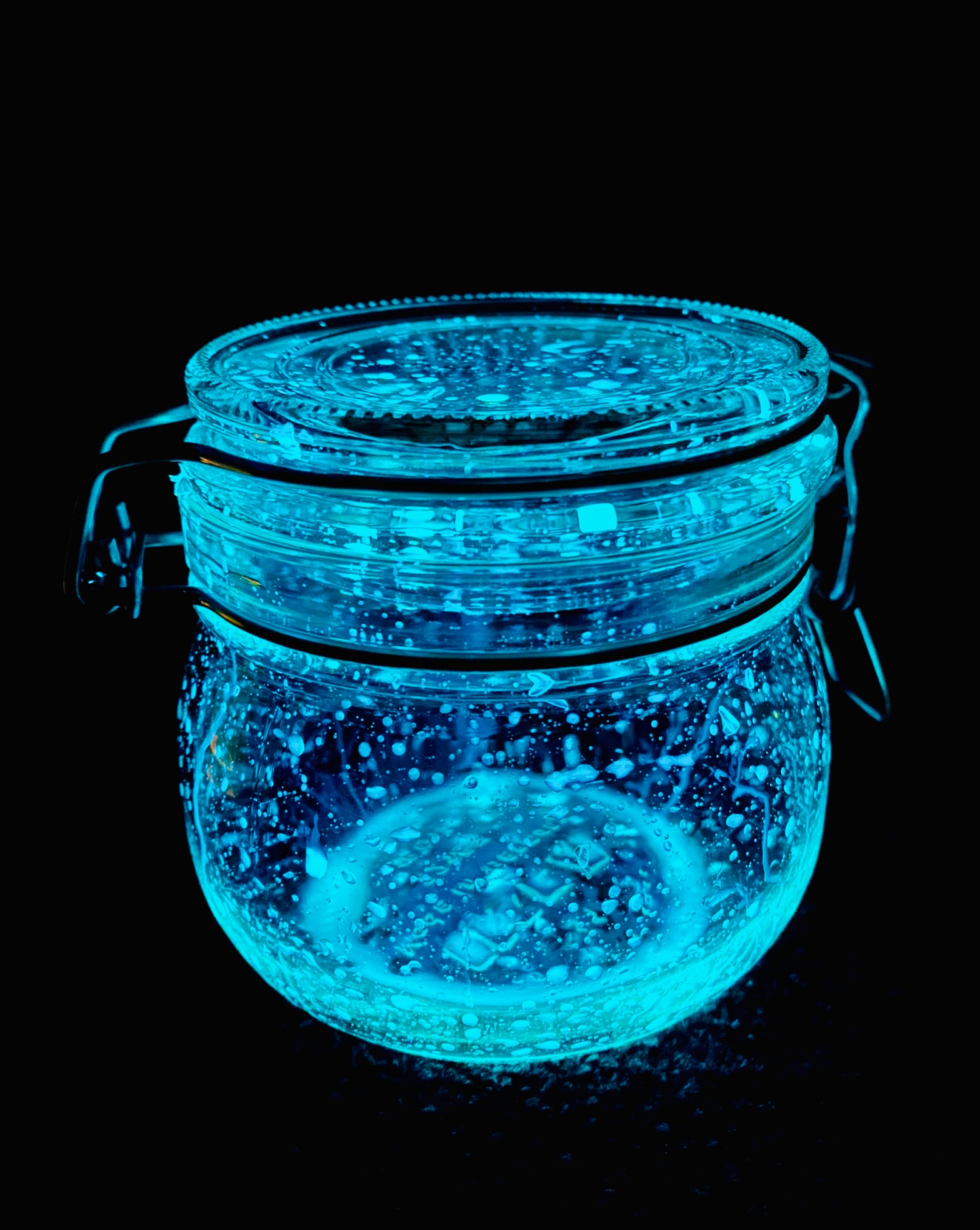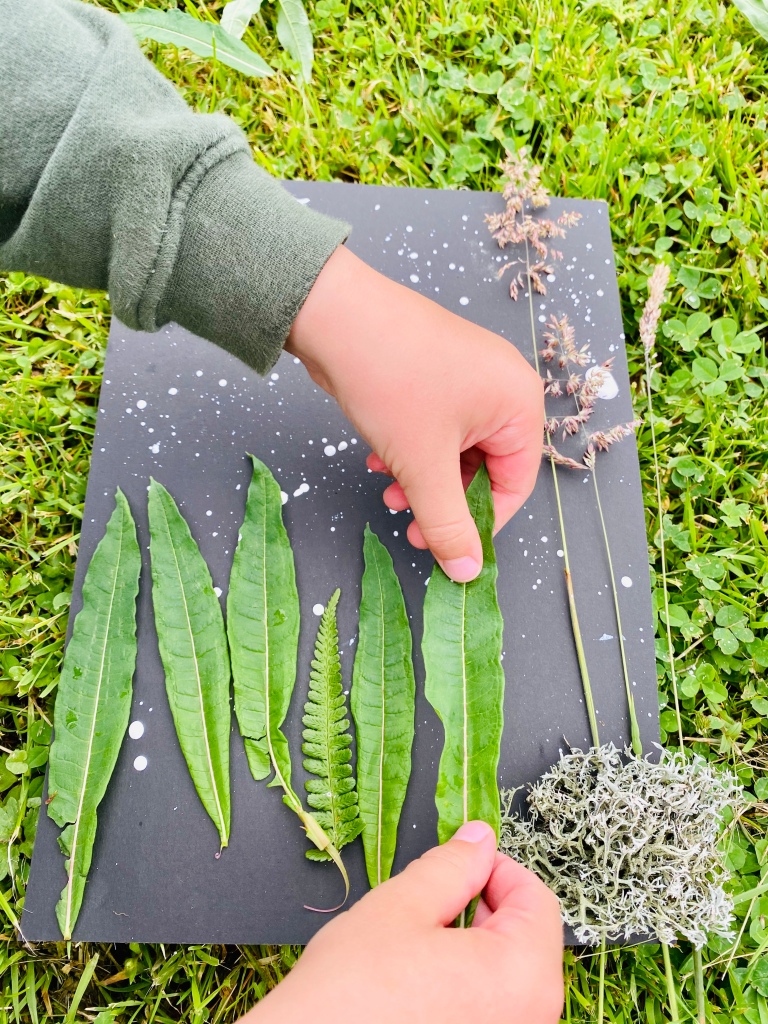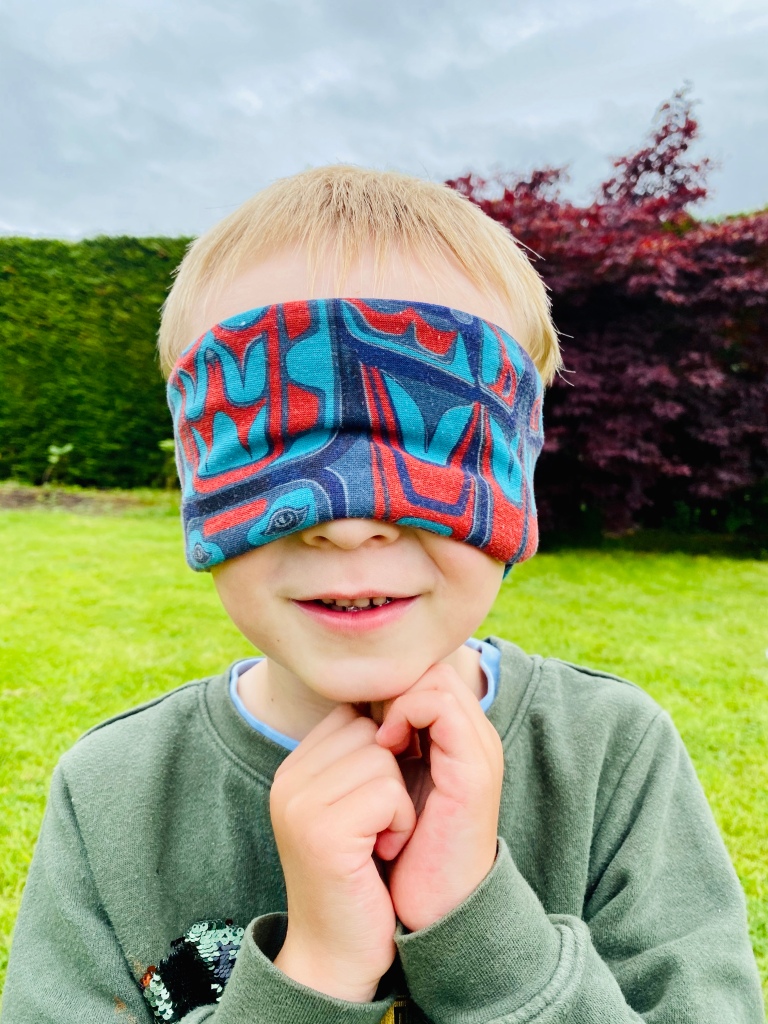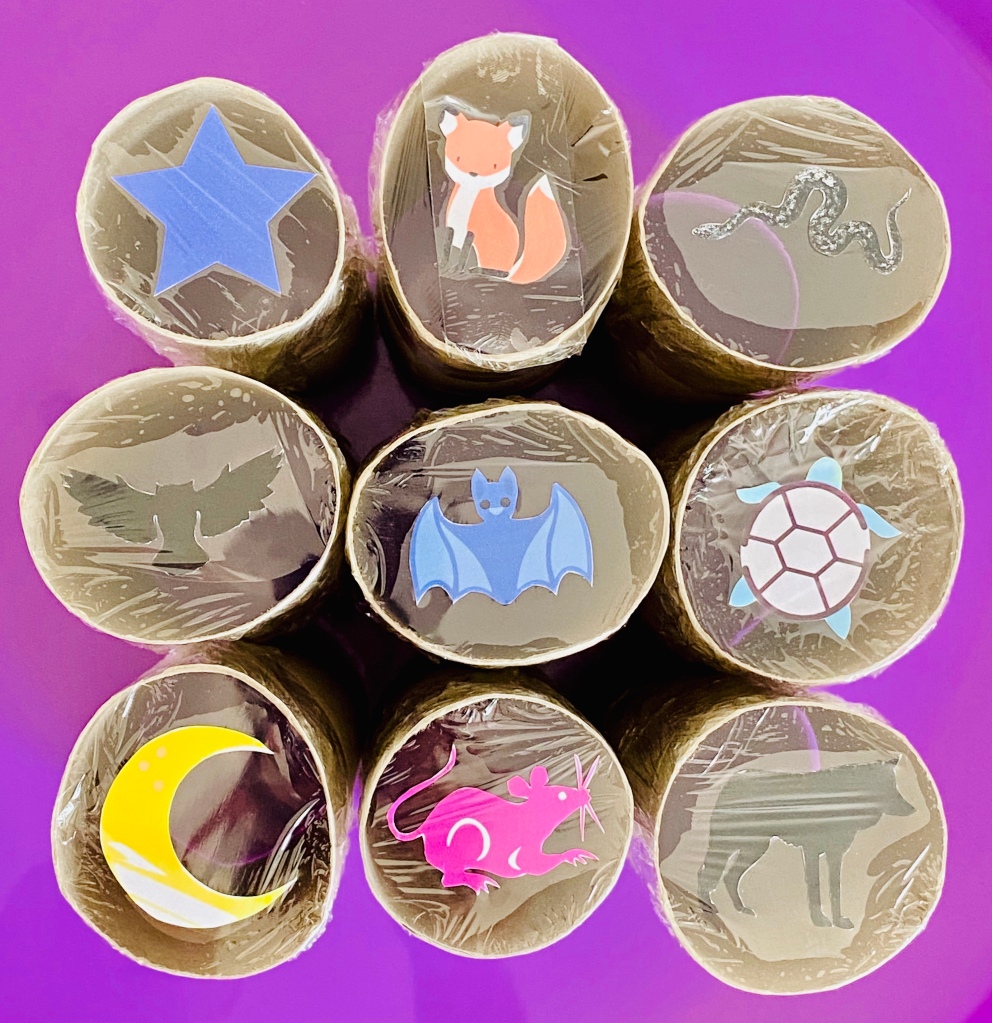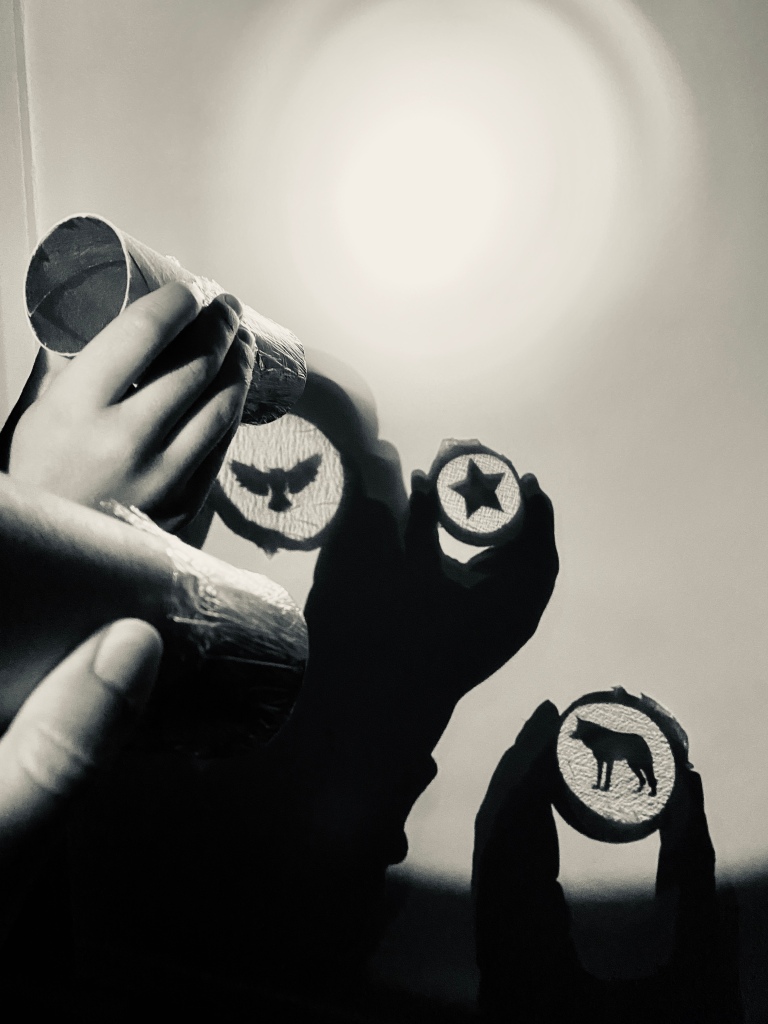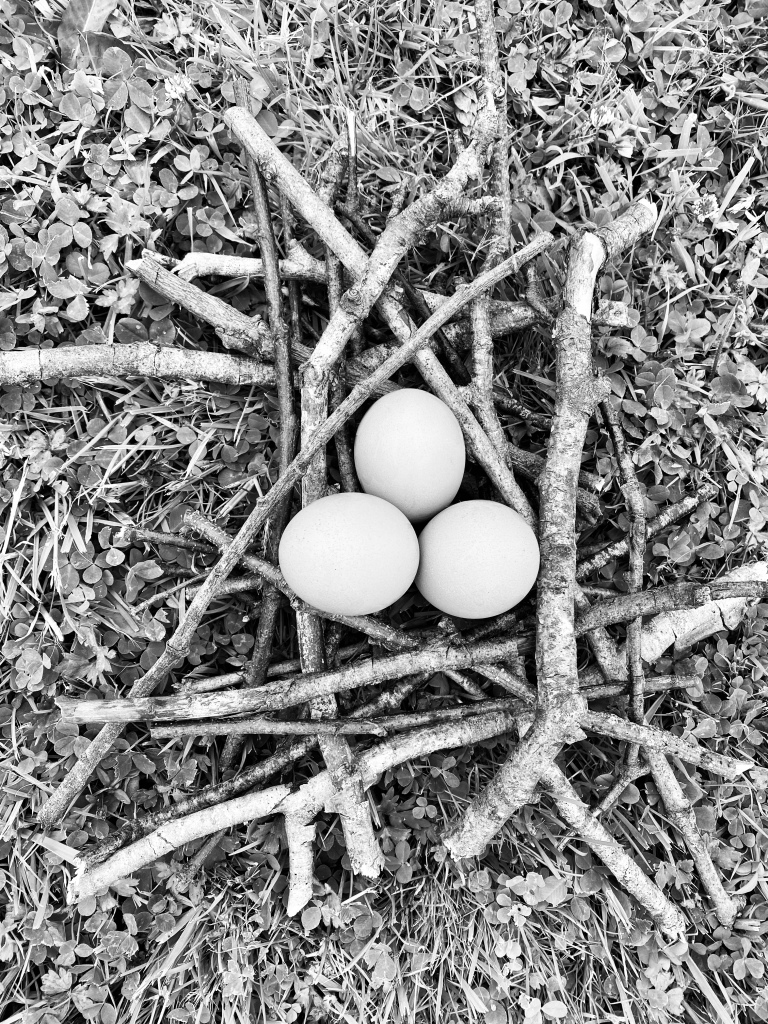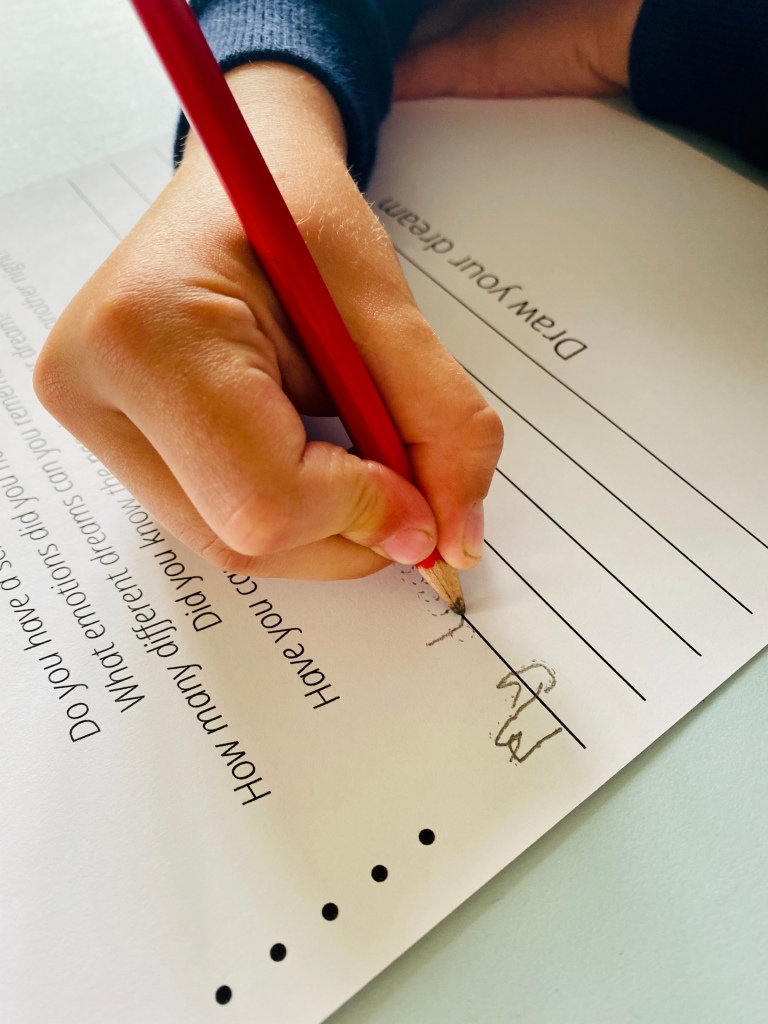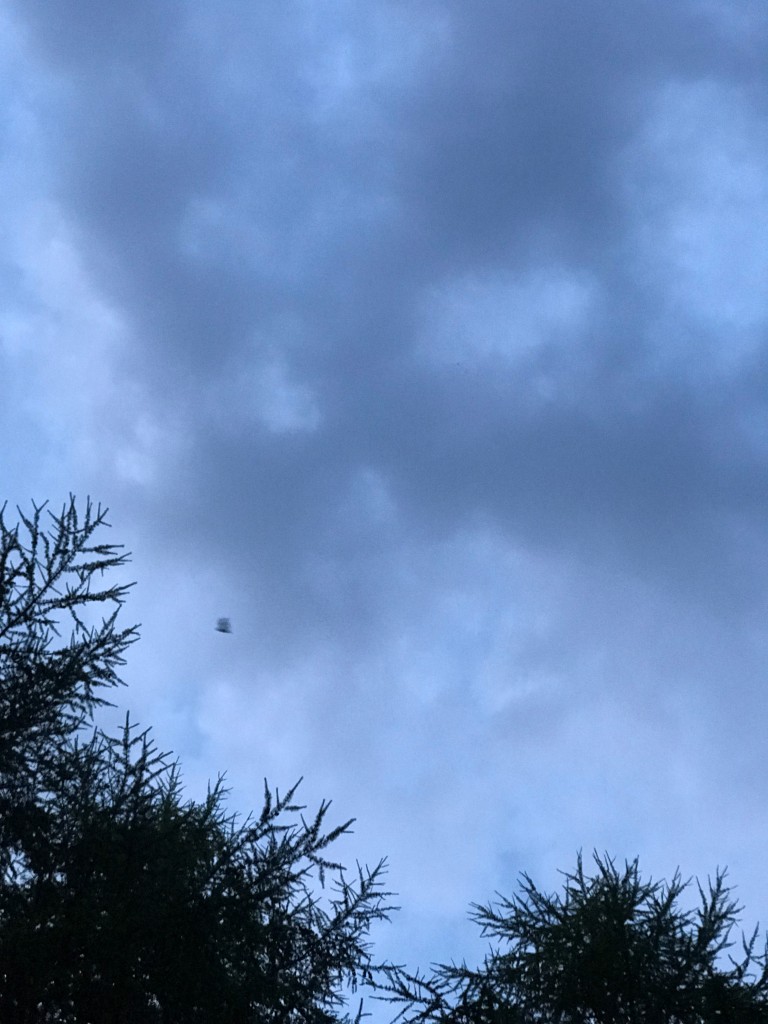I am SO excited about this theme and there is still so much more left to explore and learn about the world at night. I have decided not to call this topic Nocturnal Animals as we’re not only going to explore nocturnal animals, but also look at what diurnal animals (including ourselves) do at night.
Animals that are active at night have an entirely different skill set to those that are active during the day. Because many of them don’t rely heavily on their sight they’ve developed other super senses to help them either detect their prey or avoid their predators.
This is the last weeSTEMs online for a while with lockdown easing and the summer holidays now here I’ve decided to slow things down a bit. I have worked so hard to create these fun and free resources for you all over the past few months and have absolutely loved doing so. But now I need time to slow down and enjoy time with my family. I hope you’ve gotten something useful from each week and we will see each other again soon. In the meantime, make sure you’re following the weeSTEMs Facebook page where I’ll post recaps and new activities throughout the summer.
Wishing you good health & a lovely summer. See you on the other side!xx
Animals at Night Facts
- Nocturnal animals sleep during the day and are active after dark
- Diurnal animals sleep at night and are active during the day
- Dogs, cats, deer, raccoons, possums, and owls have a special reflective surface in each eye called a tapetum lucidum. Because it reflects light inside the eye, it helps these animals see better at night. When faced with flashlights or headlights from cars, an animal’s eyes reflect those bright beams the way mirrors do.
- An aye-aye is the only primate known to use echolocation to find its prey
- Many animals are nocturnal to avoid the heat of the day
- Some nocturnal animals have slit pupils which contract more easily than round pupils
- Some prey come out at night because their predators are diurnal
- If you look through binoculars at dusk you will get a sense of an owl’s eyesight as they take in more light
- Zooplankton are much easier to see at night and so many sea animals are nocturnal in order to feed on them
- Turtles are diurnal however lay eggs at night in order to reduce the risk of predators eating their eggs
- Some snakes are nocturnal and hunt by sensing the body heat of their prey (from over a metre away)
Animals at Night Videos
Activity 1
Night Time Natural Art
You will need:
- Paper
- Paint
- Paintbrush
- Tinfoil
- Nature

I love hands-on activities where kids can be creative – especially where different textures, shapes and colours can be involved. To begin this week’s theme we decided to create the wilderness at night using some natural resources. You could cut the moon out of a leaf (we used tinfoil so that it was shiny) and sprinkled the black paper with white paint (you could use white heather if you have it!).
We explored different leaf shapes and chose ones that we thought most looked like miniature trees – we decided that ferns were the best for this!
For the bonfire picture we cut some leaves to create the tent and finely snipped some red leaves we found to create the red-hot fire.
We created several different pictures by simply laying the foliage onto the paper then removing it when done so it was easy to edit and change different parts of the picture. This is a great way for kids to learn – by self-editing and changing their creations without being stuck with a final static picture because it’s been glued down.
Activity 2
Bioluminescence
You will need:
- Glow sticks (non-toxic)
- Jars
- Scissors
- Disposable gloves (optional)

Bioluminescence is the production and emission of light by a living organism – and a surprising number of animals do it. As well as the famed firefly, around 1,500 different species of fish are known to be bioluminescent (including sharks and turtles).
Bioluminescence is a beautiful phenomenon so we decided to explore it in our own way by using glowsticks and jars.
Simply crack the glowstick to activate and then cut it up, close the lid onto the jar and give it a really good shake (I found leaving the glowstick in pieces in the jar helped to coat it). I then removed the pieces and we took the jars to a pitch black room. And the results were stunning!
We talked about how effective bioluminescence could be in the black of night in nature and the different reasons animals might use it to recap what we’d learned from the video above (some use it to attract prey, some use it to distract, while others use it to attract a mate).
Activity 3
Echolocation
You will need:
- Blindfold (scarf/snood/eye mask)

Bats are famed for using echolocation to locate their prey however there are many other species who also rely on it for hunting food (aye-ayes, dolphins, whales, shrews and some birds).
We tried our own version of echolocation by using our ears rather than our eyes to find something. One child removed their sense of sight whilst the other shouted from different areas of the garden to see if they could work out quickly where the sound was coming from.
When that got too easy, my eldest decided to try snapping sticks to use as the sound to see if that made things more difficult.
Finally, we explored whether sound bounced back more effectively from different objects (air, paper, hedge, wall).
Activity 4
Shadow Animals
You will need:
- Torch
- Toilet roll centres
- Clingfilm
- Sellotape
- Scissors
- Animal Silhouette printout (or draw your own)

Have some fun exploring shadows and silhouettes with this fun STEM activity. I printed out the images from the PDF above, however you could just as easily draw your own. We chose to focus on animals at night but also couldn’t resist popping a star and moon in there.
Simply cover one end of the toilet roll centre firmly with clingfilm and secure with tape. Carefully cut out the silhouette you want to use and place it onto the clingfilm – you can either tape it in place or place another layer of clingfilm over it (we found this far more effective!).
You’re now ready to have some fun with your shapes on any wall/paper where you can create a shadow. Some ideas for play are:
- Tell stories using the different animals
- Discuss how shadows are formed
- Talk about the concept of silhouettes
- Discuss why some animals are active at night and others aren’t
- Explore how the shadows change size the closer and further away you move them
My kids absolutely loved this activity and it’s a great one to keep and play with over and over again.
Activity 5
Nests
You will need:
- Eggs
- Sticks
- Leaves
- Gorilla toy/cuddly toy

Whilst some animals are active at night, others use it to get much needed rest. We chatted about different species and how and where they slept. We decided to use resources that we have to create a bird nest and a gorilla nest. Birds create nests to house their eggs whereas gorillas & chimpanzees create nests (often in trees!) to sleep in at night. They create a new nest to sleep in every single night.
We used our engineering skills to build both nests – we used pattern to make a safe nest out of sticks that would support 3 eggs (by placing the sticks down in a circular repeating pattern) whereas we carefully packed different foliage into the middle of a sturdy bush to create a safe sleeping space for the gorilla.
Activity 6
Dreaming/Sleep Cycles
You will need:
- Dream Log printout (see below)
- Pencil
- Sleep
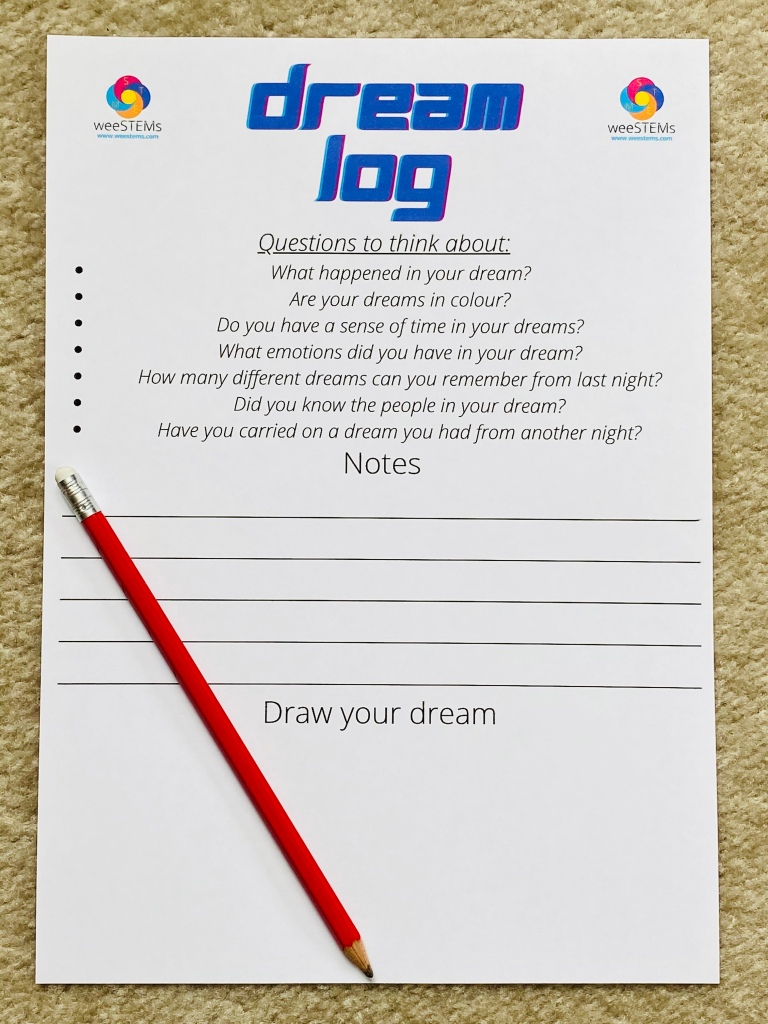
We watched Why Do We Dream? and then discussed what dreams we could remember.
Have a look at some of the prompt questions on the Dream Log (free download above) and see if you notice any differences between dreams in your family.
You could keep a log every morning for a week and record any differences you observe – for example does eating spicy food/going to bed later/watching a scary movie influence your dreams?
To support writing I often do dots in the shape of letters for my eldest to trace – this helps with letter formation – you could use dots or write with a yellow highlighter for them to trace over (he dictated to me what he wanted to write first).
Activity 7
Night Walk
You will need:
- Head torch
- Midgie spray
- Sturdy boots

Last year my eldest (age 5) went on an organised Bat Walk and he still talks about it to this day – it was so exciting and they saw so many creatures that they wouldn’t normally during the day.
You can start looking for bats at dusk and the best place to look for bats is in wooded areas – they have a distinct dipping and swooping flying pattern and can turn much faster than any birds.
Depending on where you live you may be able to see them from your windows as they swoop and dive trying to catch insects.
Another fun way to look for larger nocturnal animals is to use your torch to look for the reflection of eyes staring back at you – what different colours can you see?
The photos below were taken between 8pm – 10pm (in Scotland) and there were still plenty of nocturnal animals starting to explore nature – alternatively you could wait until later in the year to explore when it gets really dark.
Remember to stay as quiet as possible and watch your footing as you explore the wilderness at night. Happy hunting!
I really hope you’ve enjoyed weeSTEMs ONLINE and have learned as much as we have!
If there’s anything you’d love to learn about please do send me a message and I’ll be more than happy to help you with it!
I’ve loved providing these resources and hope that somewhere along the line you’ve managed to enjoy learning STEM concepts as a family.
Happy learning. xx

